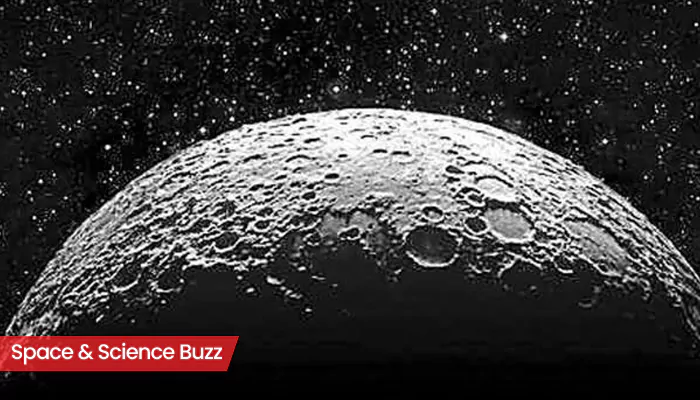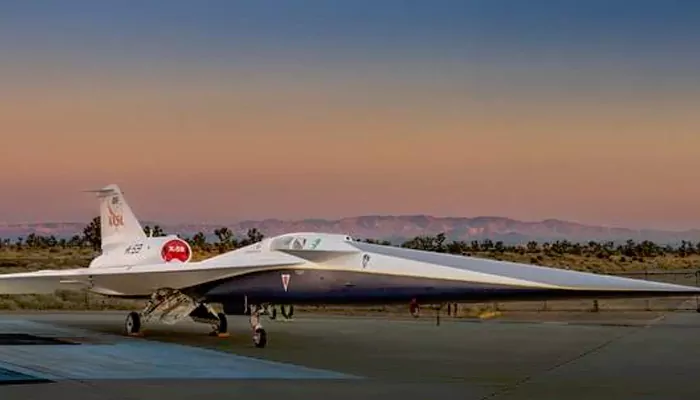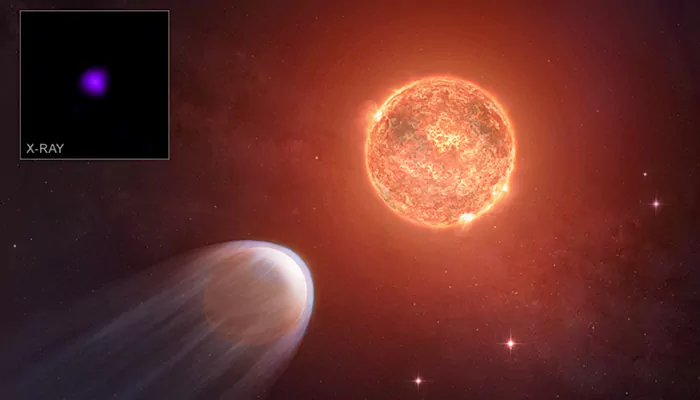
Here are today’s most important updates from the realm of Science and Space.
In a groundbreaking new research, scientists have suggested that the soil on the Moon could potentially support life, thanks to a breakthrough technology that may help humans survive on the Moon. According to the study, researchers were able to extract water from lunar soil and use it to convert carbon dioxide into oxygen and fuel-related chemicals. This innovation could pave the way for deeper space exploration by reducing dependency on Earth for essential resources like water, oxygen, and fuel. Researchers said that the technology was a success in the lab. However, they noted that the extreme lunar environment still poses challenges that will complicate its usage on the lunar surface, including drastic temperature fluctuations, intense radiation and low gravity.

The X‑59 “son of Concorde”, NASA’s experimental plane, recently achieved a major milestone when it successfully performed its first low‑speed taxi under its own power. NASA is trying to cut down on travel times considerably with the plane without the noise of a supersonic aircraft. Capable of speeds up to Mach 1.4 (~925 mph), the X‑59 could cut the New York–London journey to roughly 3½ hours, almost half the current time. The US and some other countries have banned supersonic flights for almost 50 years because of the thunderous sound these planes make when they exceed the speed of sound, at about 767 miles per hour. The 100-foot-long, 30-foot-wide jet is set to take its maiden voyage this year, according to NASA.

Astronomers have observed a rare cosmic transformation as a young exoplanet shrinking before our eyes. According to a new study using NASA’s Chandra X-ray Observatory, the planet TOI 1227 b is losing its thick atmosphere under relentless bombardment from its parent star’s intense X-rays. Located about 330 light-years from Earth, TOI 1227 b orbits a red dwarf star in extremely close proximity, just one-fifth the distance that Mercury orbits the Sun. This tight orbit makes it especially vulnerable to the star’s high-energy radiation. Estimated to be just 8 million years old, TOI 1227 b is among the youngest exoplanets ever observed, a true "baby" compared to Earth's 5-billion-year-old age. Currently, TOI 1227 b has a mass similar to Neptune but is three times larger in diameter, giving it a puffed-up, Jupiter-like appearance.

From low-carb ice cream to keto protein bars to "sugar-free" soda, the decades-old sweetener erythritol is everywhere. Erythritol, a widely used sugar substitute found in many low-carb and sugar-free products, may not be as harmless as once believed. However, new research reveals that even small amounts of erythritol can harm brain blood vessel cells, promoting constriction, clotting, and inflammation—all of which may raise the risk of stroke. The researchers found that men and women with higher circulating levels of erythritol were significantly more likely to have a heart attack or stroke within the next three years, as they produced more reactive oxygen species (ROS), a.k.a. "free radicals," metabolic byproducts which can age and damage cells and inflame tissue.